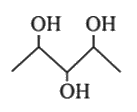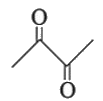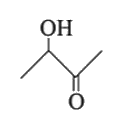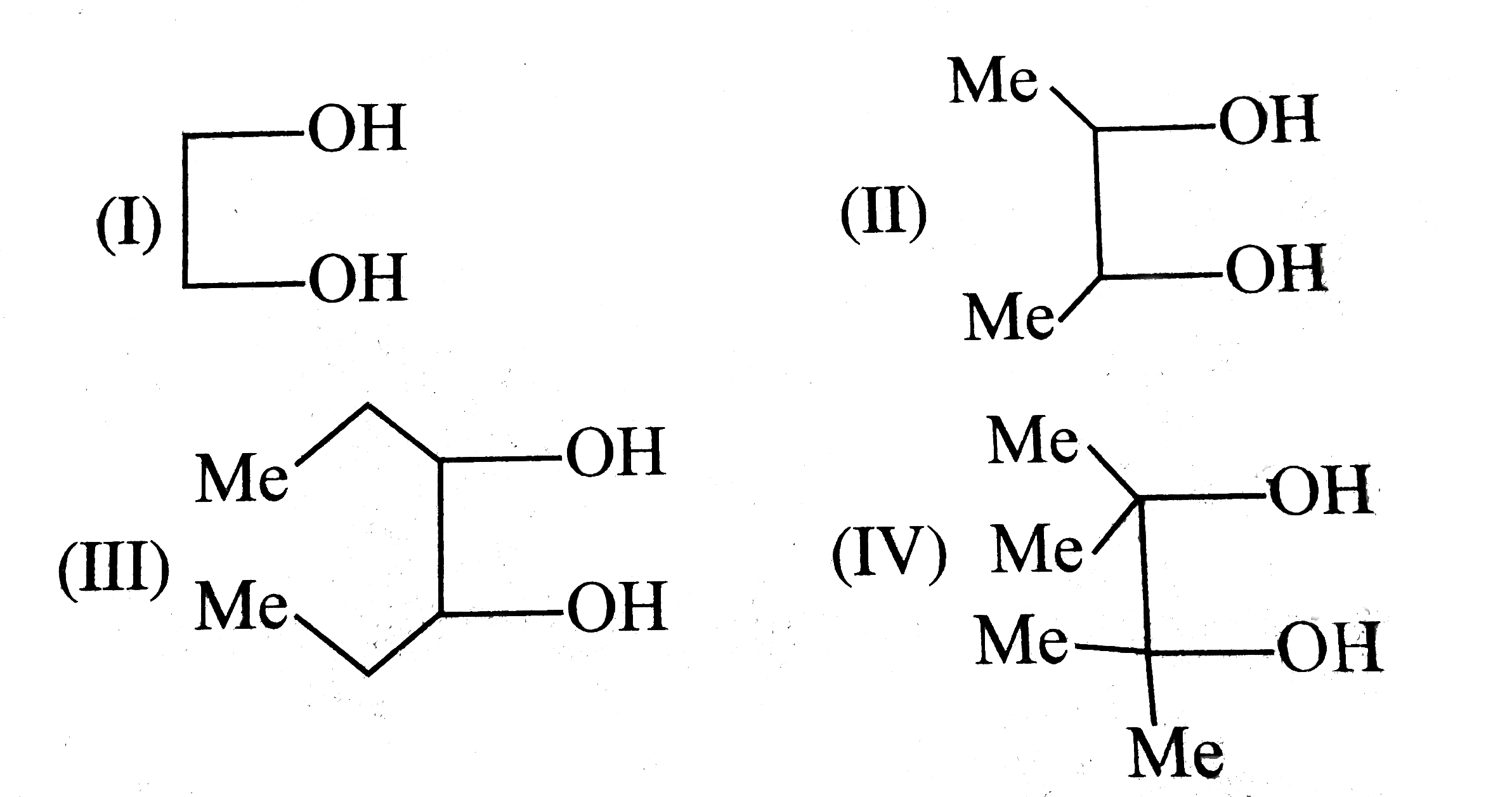The open - chain glucose on oxidation with HIO4 gives
5HCOOH+H2C=O
4HCOOH+2H2C=O
3HCOOH+3H2C=O
2HCOOH+4H2C=O
The correct Answer is:A
To solve the question regarding the oxidation of open-chain glucose with periodic acid (HIO4), we can follow these steps:
1. Identify the Structure of Glucose:
- Glucose in its open-chain form is an aldohexose with the structure:
CHO-CHOH-CHOH-CHOH-CHOH-CH2OH
- This structure consists of six carbon atoms, with the aldehyde group (CHO) at one end.
2. Reaction with Periodic Acid (HIO4):
- Periodic acid is known to cleave vicinal diols (two hydroxyl groups on adjacent carbons) and oxidizes them.
- In glucose, there are multiple vicinal diols present.
3. Understanding the Cleavage:
- When glucose reacts with HIO4, it cleaves the carbon chain at the vicinal diols, leading to the formation of smaller molecules.
- The cleavage will occur between the hydroxyl groups, resulting in the formation of formic acid (HCOOH) and formaldehyde (HCHO).
4. Counting the Products:
- For each cleavage, we can expect to produce formic acid from the carbons involved in the cleavage.
- Specifically, the reaction of glucose with HIO4 will yield:
- 5 moles of formic acid (HCOOH)
- 1 mole of formaldehyde (HCHO)
5. Final Products:
- Therefore, the final products of the oxidation of open-chain glucose with periodic acid are:
5 moles of formic acid+1 mole of formaldehyde
Conclusion:
The open-chain glucose on oxidation with HIO4 gives 5 moles of formic acid and 1 mole of formaldehyde.
---
- Glucose in its open-chain form is an aldohexose with the structure:
CHO-CHOH-CHOH-CHOH-CHOH-CH2OH
- This structure consists of six carbon atoms, with the aldehyde group (CHO) at one end.
- Periodic acid is known to cleave vicinal diols (two hydroxyl groups on adjacent carbons) and oxidizes them.
- In glucose, there are multiple vicinal diols present.
- When glucose reacts with HIO4, it cleaves the carbon chain at the vicinal diols, leading to the formation of smaller molecules.
- The cleavage will occur between the hydroxyl groups, resulting in the formation of formic acid (HCOOH) and formaldehyde (HCHO).
- For each cleavage, we can expect to produce formic acid from the carbons involved in the cleavage.
- Specifically, the reaction of glucose with HIO4 will yield:
- 5 moles of formic acid (HCOOH)
- 1 mole of formaldehyde (HCHO)
- Therefore, the final products of the oxidation of open-chain glucose with periodic acid are:
5 moles of formic acid+1 mole of formaldehyde
The open-chain glucose on oxidation with HIO4 gives 5 moles of formic acid and 1 mole of formaldehyde.
Topper's Solved these Questions
Similar Questions
Knowledge Check

The product X on oxidation with HIO4 gives :AHCHOBCH3−CHOCCO2DHCOOHGlucose on oxidation with bromine water gives
Agluconic acidBtartaric acidCsaccharic acidDmesooxalic acidWhich of the following give only aldehyde on oxidation with HIO4?
A B
B C
C D
D
The increasing order of the rate of oxidation with HIO4 oxidation of the following is:

View SolutionThe oxidation number of I in HIO4 is
View SolutionWhat are the order of rates of oxidation with HIO4 of the following diols. Explain with reactions.
View SolutionAn organic compound with moleular formula, C2H6O2 evolves H2 when treated with sodium metal and gives two moles of formaldehyde on oxidation with HIO4. The compound is
View SolutionThe reaction of glycerol with HIO4 gives
View Solution
